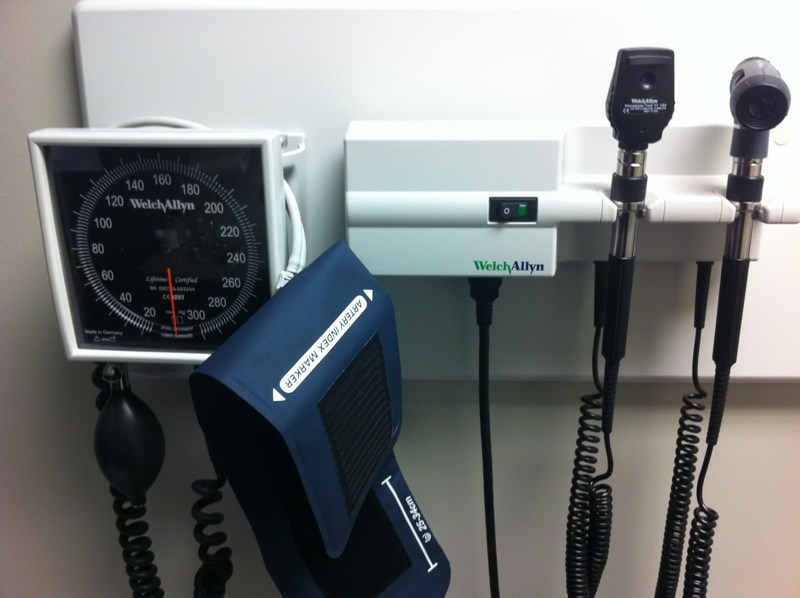I want to relate a patient-care story that brought tears to the eyes of battle-scarred veterans.
In hospital circles, the terms “patient care” and “nursing” are often thought to be synonymous. And indeed there is a near-complete overlap. But the project in question arguably extended beyond traditional nursing duties.
In 1989, I was hired to set up the first regional health authority in Saskatchewan. Saskatoon was chosen as the preferred location, in part because the CEOs of the city’s three hospitals were at daggers drawn. To call the atmosphere poisonous would be an understatement.
The larger backdrop was that, after years of deficit financing (this under a Conservative government), the province was in danger of defaulting.
Roy Romanow took over at the head of an NDP administration, and made the promise, on air, that he would balance the books if he had to be defeated to do it.
In Saskatoon, we were told that our hospital budgets had to be cut by three per cent each year for three years, essentially a 10 per cent nominal cut, and more if you factor in inflation.
There were plenty of targets. Hospital management in those days had lagged other public-sector programs. Easy money made for lax attitudes.
The most obvious starting point was the maternity program. The practice had developed of keeping mothers in hospital for as long as four or five days after giving birth, even if the delivery was uneventful.
There was a ton of literature calling this not only absurd, but actually an invitation to hospital-based infections. The reason it occurred was that nurses on the maternity wards loved having young babies around, and were loath to see them go.
Nonetheless, the deed was done. Early maternal discharge, as it was called, now standard practice, was introduced, and mothers with uncomplicated births went home after 24 or, in some cases, 48 hours.
Because this was new, and feared to be risky, the head of the community nurse program arranged for her staff to visit these mothers a day or two after they had been discharged.
Ostensibly, the purpose was to make sure mother and baby were doing well, that the child was being properly fed and bathed, and so on. The main reason was to check out the home scene.
Was there food in the fridge, did the heat and lights work, was the house clean and tidy, was there a father in sight (sadly, often not), and were there any signs of street drugs or excess alcohol.
If things looked iffy, the mother could either be re-admitted, or a social worker would be assigned to the case.
However, mothers whose children arrived stillborn got no home visit. The reason appeared obvious enough. Why check up on a newborn child where there is none?
It was here that something quite heartwarming occurred. The community nursing staff heard through the grapevine that those childless mothers were distressed, because while other mothers got visits, they did not. They felt both stigmatized and abandoned.
So a proposal was made that every mother would have a home visit, regardless of whether their child lived or died at birth.
I had to report this project to the board, and gain approval. I didn’t make it past the first sentence.
The vice-president of patient care, a tougher soul who notably went on to become the first female CEO of a teaching hospital in Canada (Royal University Hospital), took over and told the story.
There were on that board some fairly tough cookies, including a retired mayor, a retired nurse, a school board member and an HR manager at the city.
But there wasn’t a dry eye among them.
Not a single one of us would have come up with this gesture of compassion, least of all me. I would never have thought of it. But the moment it was raised, there was no need for discussion.
This, to my mind, was an instance of true patient care.



